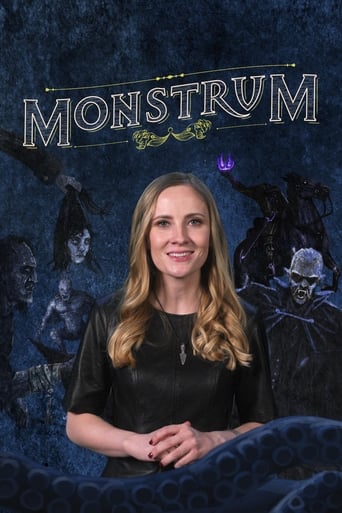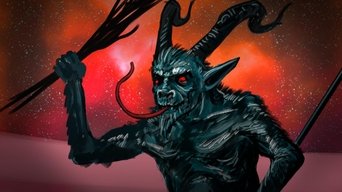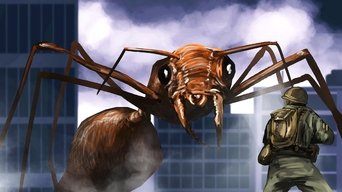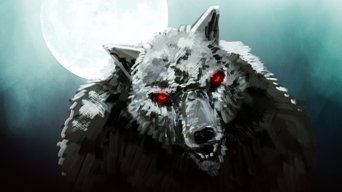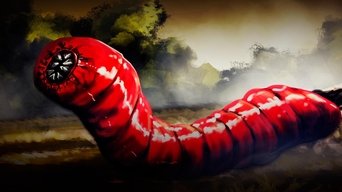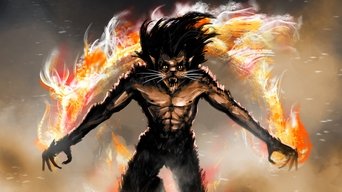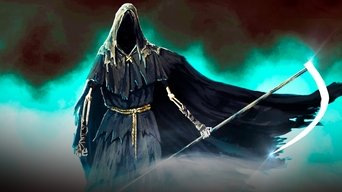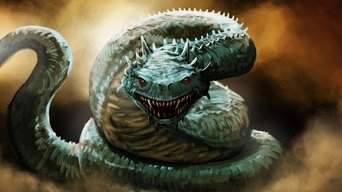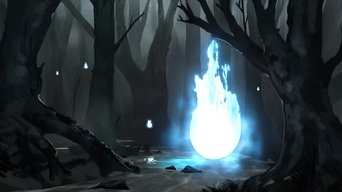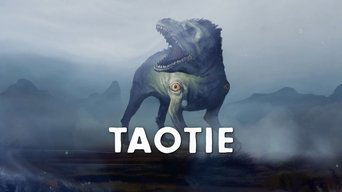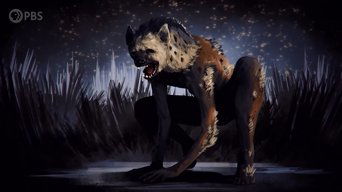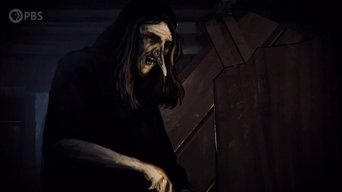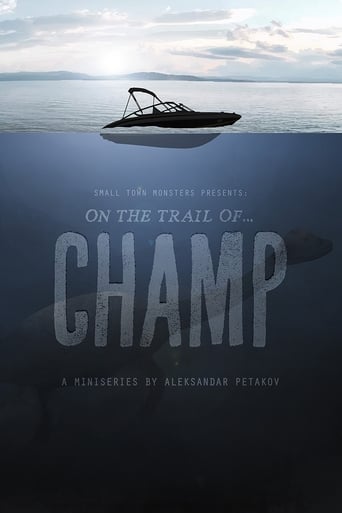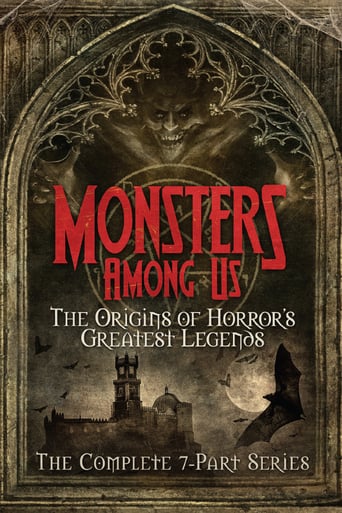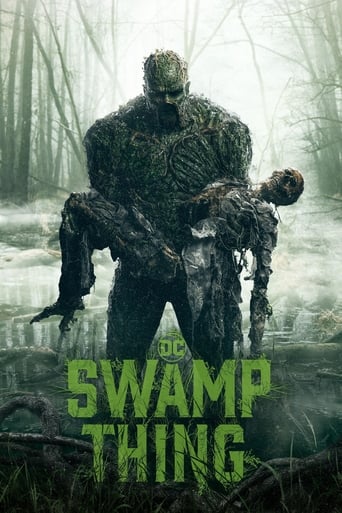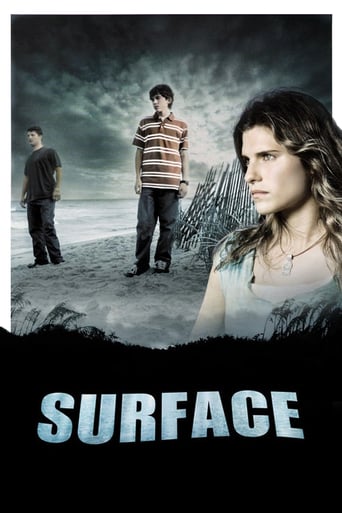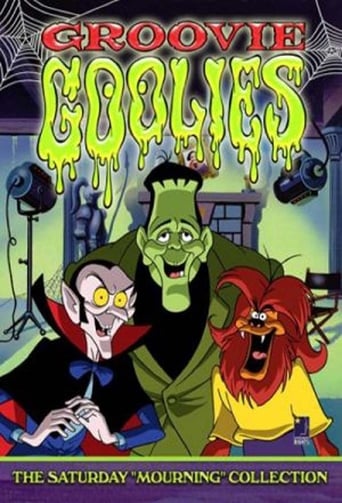Monstrum Season 3

The world is full of monsters, myths, and legends and Monstrum isn’t afraid to take a closer look. The show, hosted by Emily Zarka, Ph.D., takes us on a journey to discover a new monster for each new episode. Monstrum looks at humans unique drive to create and shape monster mythology through oral storytelling, literature and film.
Watch NowWith 30 Day Free Trial!
Monstrum
2018
The world is full of monsters, myths, and legends and Monstrum isn’t afraid to take a closer look. The show, hosted by Emily Zarka, Ph.D., takes us on a journey to discover a new monster for each new episode. Monstrum looks at humans unique drive to create and shape monster mythology through oral storytelling, literature and film.
Watch Trailer
With 30 Day Free Trial!
Monstrum Season 3 Full Episode Guide
You better watch out, you better not cry, and you certainly must behave—or else face the brutal beating of the Krampus. Why does this demonic, horned Yuletide monster exist? This episode looks at the historical origins of Krampus in the winter festivals of the Alpine region, challenging the false claim that this monster came from pagan tradition, and traces its renewed popularity across the globe.
Insects make up 80 percent of the world’s species, so it's not all that surprising we’ve occasionally made them into monsters in science fiction and horror. What is staggering is why the “big bug” subgenre took off in the 1950s. Find out how nuclear weapons, the suburbs, the Cold War, and the pest control industry all contributed to a beloved film subgenre in this episode featuring special footage from our friends at Deep Look.
While modern imagination might have you picturing trolls as ugly, hairy, rather unintelligent creatures their ancient folkloric counterparts were magical, intelligent, wealthy creatures of all shapes and sizes. Defined by their status as outsiders as well and the threat of violence they represent, this episode takes you through the Nordic sagas, Medieval laws, and literary influences that contributed to the endurance of these malevolent and magical Scandinavian monsters.
The second installment in Monstrum’s werewolf series looks at the evolution of the werewolf through Gothic fantasy, horror films, literature, and video games, exploring the monster’s evolution into one of popular culture’s most malleable metaphors.
The first episode in this two-part series tackles the rise of the werewolf in its myriad of forms, looking at what happened when Christianity interceded and turned the werewolf into the embodiment of evil—a change that reached its devastating climax with the persecution and execution of accused werewolves.
Rumored to roam some of the world’s most desolate places the poisonous, killer death worm can trace its history in folklore back thousands of years. Made more famous and frightening with science fiction series like Dune and Tremors, killer worms are part of our cultural knowledge—but does any creature like them exist in the real world?
Swooping down from the heavens on a fire ball, the Kasha drags the bodies of the dead to the underworld for a life of damnation. Most frequently depicted as a demonic, flaming cat, the kanji for ‘Kasha’ actually translates to “Fire Cart". This episode explores the religious and artistic history of the Kasha and takes a look at the significant role of cats in Japanese culture.
El Silbón: The Deadly Whistler of the Grasslands The "Terror of the Plain," this emaciated, whistling devil is cursed to wander the South American countryside carrying the bones of his victims. Intimately tied to the cattle ranching history of Latin America, the myth of El Silbón remains an active albeit terrifying part of folklore.
There are fewer images of Death personified than the scythe-wielding skeletal form of the Grim Reaper. But where did it come from? You may have heard that this haunting figure emerged as a result of the Black Plague, but that’s only a fraction of the story. This episode looks at the long history of skeletal Death in religion, literature, art, and pop culture.
An urban legend that exploits our fears of an obstructed gaze and the deeply unsettling idea that the youngest of our species are out to destroy us, the lore of Black-Eyed Children, or Black-Eyed Kids, is a modern construction. But the “evil spawn” child archetype of the horror genre and hundreds of years of social expectations of childhood inform these unsettling monsters.
A venomous snake who can kill with its gaze alone, the basilisk has terrified us for thousands of years. But it also has another name—the cockatrice. That’s right, the reptile-chicken hybrid creature and the poisonous snake are actually the same monster. Find out how a real snake likely inspired tales of a mythological serpent in the 1st century CE that over time turned into a mythological beast.
The Australian wilderness is a dangerous place—in part because it’s the rumored hunting ground of a vampiric creature who uses its fingers and toes to suck your blood. Fall prey to the Yara-ma-yha-who and you risk not only being swallowed whole but becoming a monster yourself. In this episode, you’ll learn about how Aboriginal communities’ deep connection to the land.
These elusive blue flames have been reported globally and inspired a wealth of folklore. But what exactly is a Will-o’-the-Wisp? Also commonly called “ignis fatuus” or “corpse-candle” the glowing atmospheric phenomenon has a reputation for causing mischief and even death. But are they really a supernatural phenomenon or something more worldly? Drawing on over six hundred years of literature and lore, and more than 300 years of scientific exploration, this episode presents the mesmerizing lights in all their blazing glory—from ancient legends to scientific rationalizations. And no, they aren’t glowing owls.
Leprechauns are associated with St. Patrick’s Day and Irish culture, but do you know why? The jovial, red-haired little man dressed in green standing next to a pot of gold is a modern invention—the diminutive faerie folk was once more popularly known for their role as tricksters and expert cobblers. In this episode, you’ll learn how ancient Irish mythology, Irish immigration, and some crafty marketing resulted in one of our most recognizable folkloric figures.
While its face is scarce in popular culture today, this influential ancient monster from Chinese mythology predates the written word. Inspired by ancient bronze and jade iconography detailing the face of a bulging-eyed, gapping-mouthed beast, the Taotie creature is both mysterious and notorious, inspiring fear with its horrible gluttony. The greedy, insatiable appetite of the Taotie, one of the four “legendary monsters” or malevolences of Chinese mythology, is its defining trait—but why? Explore the many theories behind this beast as you dive into a mystery that has fascinated archeologists, historians, philosophers, and authors for thousands of years.
African folklore dictates that unlike other werecreatures this monster is an animal that disguises itself in human form. By day it walks the earth nearly indistinguishable from humans, but at night it returns to its true hyena shape to defile graves and eat the flesh within. Most often associated with artisan trades like metalworking, weaving, and pottery, the werehyenas evil powers are said to be passed on from generation to generation. How did the werehyena become associated with certain trades? To answer that questions, we’ll take a look at Beta Israel, or Ethiopian Jews, who became commonly accused of taking the guise of this monster—and why prejudice contributes to monster lore.
One of the most beloved (and feared) figures in Russian and East Slavic folklore, Baba Yaga is more than just a witch. She’s a rumored cannibal who lives in a strange rotating house and flies around in a magical mortar and pestle--but she’s also a helpful grandmotherly figure. Who is Baba Yaga really? Pagan goddess? Evil witch? Scary old lady? Find out in this episode, which takes a look at traditional gender roles in Slavic history, pagan deities, burial practices of Neolithic Central Europe, and why this monstrous woman continues to endure.
Free Trial Channels
Seasons


